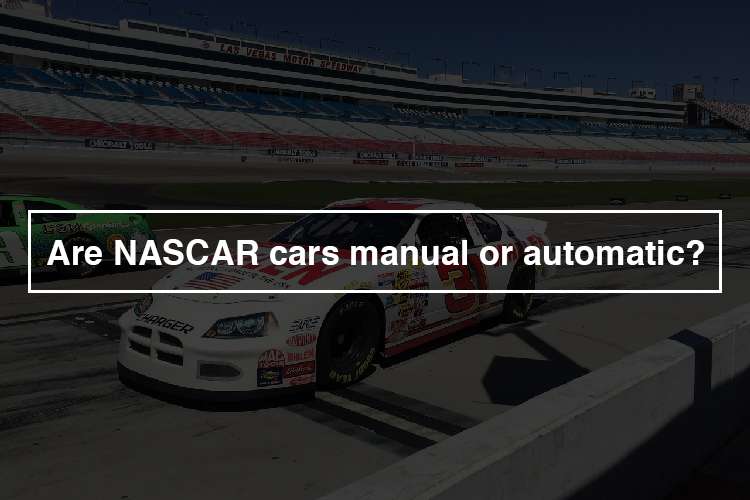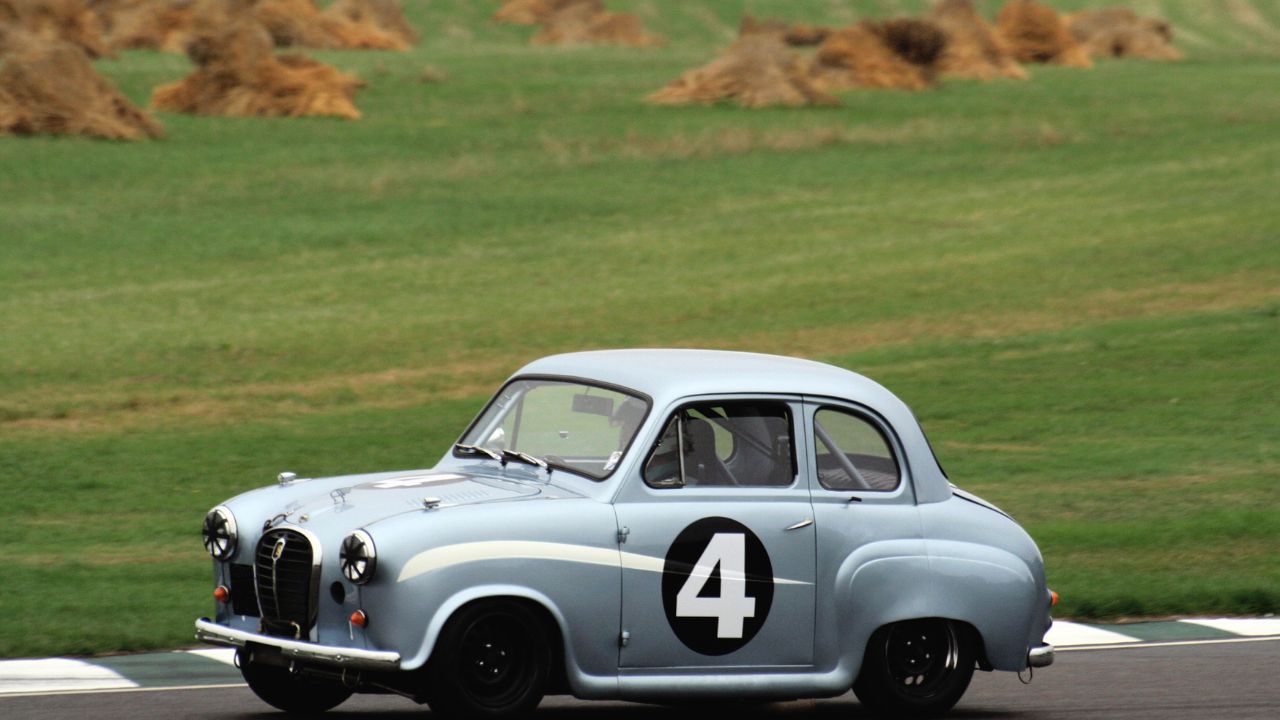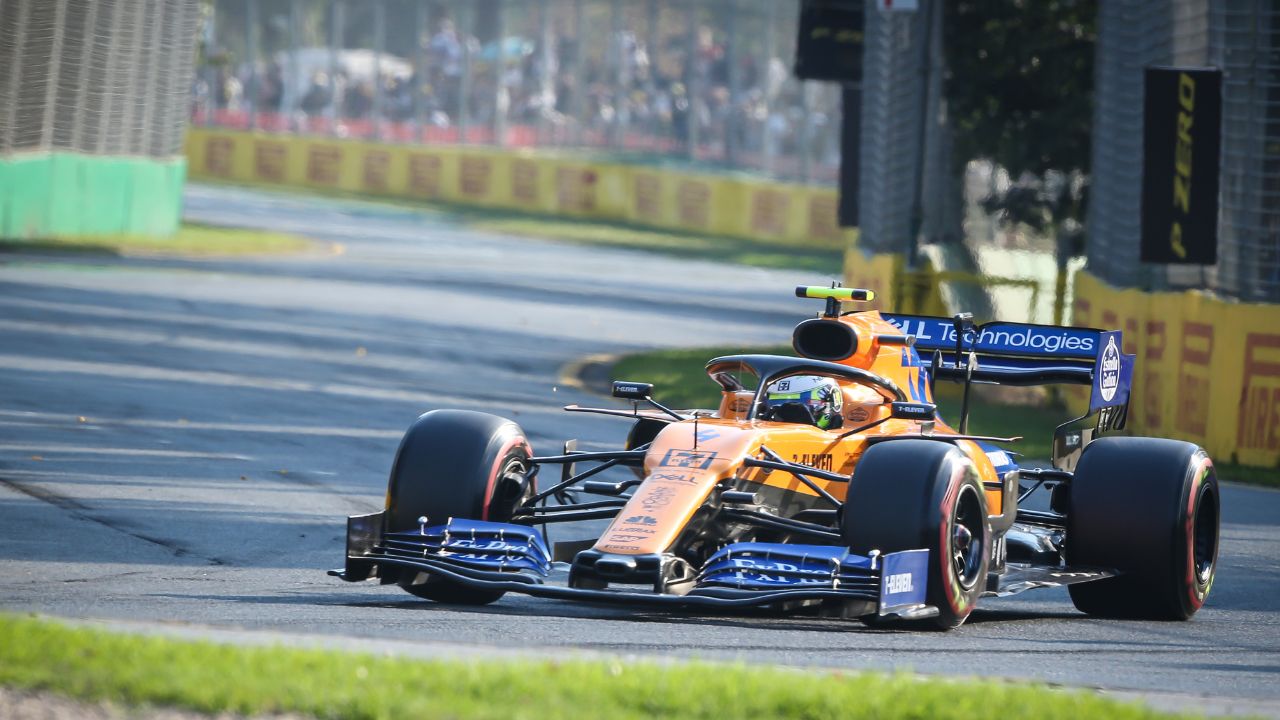
It can be challenging to hold the NASCAR track's shortest. But it can also mean a lot of fun and excitement. Martinsville Speedway's small size and limited seating means that fans are able to get close to the action, and can enjoy close-quarters racing.
Martinsville Speedway has a track length of 0.526 mi from start-to-finish. It features asphalt straightaways, and concrete turns. This allows it to move very quickly and can generate a lot of pushing and shoving.
This track is also the shortest NASCAR Cup Series track. It has hosted 144 premier series racing events. It is the only circuit that hosts a Cup Series race each year since 1949. It can hold 60,000 people and has seats along the edges.

The NASCAR Cup Series' 2022 season will see the NASCAR Cup Series continue to race the Blue-Emu Maximum Pain Relief400 on Martinsville Speedway. This will be the eighth race in the season. It will be held April 9. The Busch Light Clash, which will take place in Los Angeles in 2022, will also be run by the NASCAR Cup Series.
While the track is small, Martinsville Speedway is the shortest track on the NASCAR Cup Series circuit. Since 1949, Martinsville Speedway has hosted a premier series race. It is the only track on the circuit that hosts 144 premier races. Road America will not host the NASCAR Cup Series in the future.
H. Clay Earles was the first to establish Martinsville Speedway's track in 1947. It is small in size and has a paperclip shape. This allows fans and drivers to be more in the middle of the action than on other tracks in the NASCAR Cup Series circuit.
Martinsville Speedway tracks feature asphalt straightaways with concrete turns. This makes the track technically challenging. This track is also known for its close-quarters racing. It can be quite entertaining. Fans can enjoy the action up close and even get to the cars. It is an unforgettable NASCAR fan experience.

Martinsville Speedway is also known as "the paperclip". It is one of the shortest tracks in NASCAR and occupies a large spot in the history of the series. The track has hosted many memorable races. One of those races, a NASCAR race covering 500 miles in 2021 was a record. It hosted the first dirt race for 50 years. In addition to this, the track is known for its high speeds. The speed of the cars can reach over 200 miles per hour.
Martinsville is known not only for its short track, but also for the close-quarters racing. Because of this, the cars are often very close to one another and can become involved in multicar accidents. These accidents are often called the "Big One" by their fans. Also, it is possible to involve 20 or more vehicles in a collision. A single misstep can lead to multi-car accidents.
Martinsville Speedway has a short track and a paperclip shape. This means that it can be very fast, but it also produces close-quarters racing.
FAQ
What type of cars are used in racing cars and why?
Speed is the most important thing to any race car driver. It's what makes them go fast. They have to be quick enough to catch up to other drivers but also strong enough to hold on to the lead. This gives them an advantage over the rest of the racers, as they can quickly overtake other drivers at high speeds and pull away from them again when it's not their turn.
The lightest cars are typically the fastest. This allows them to accelerate quickly and gain a lot of speed. This also means that they have less power, which restricts how far they are able to travel in a short time. They need to make efficient use of energy.
Engines power most modern-day racing cars. These engines are very similar to the ones found in passenger cars. But instead of using petrol, these engines run on compressed air. Because petrol is not powerful enough to give a car enough power to go fast, this is why these engines use compressed air.
Can I see a racecar driver?
Yes. There are many ways to watch a race car driver race.
You could buy tickets to attend one of the races. You could even watch it online.
You could even track the race on radio or TV.
How much does it cost to enter a race?
It all depends on the event. There are some events that charge entry fees and others that don't.
You may need to pay for some events before you can enter. Some events require payment before you can enter.
Which car racing has the most spectators?
The Indianapolis 500 Mile Race is a huge spectator event. Every year, more than 400,000 people watch the race.
It will take place at the Indianapolis Motor Speedway on May 30th and 31st.
What number of people are involved in making a race car.
Most race car manufacturers employ hundreds of workers.
They manufacture parts such as wheels, tires, suspension systems, body panels, and engine components.
Which country has the most car races?
USA - More than 100 countries host car races. USA hosts the largest number of car races, with more than 300 each year.
Do you have any guidelines for the appearance of a racecar?
No. No.
They must also adhere to safety standards.
Statistics
- Forget the 200-mph battles of the late 1980s; no one, not even McLaren itself, predicted the inimitable F1 would go as fast as it did. (motortrend.com)
- In 2013 Ferrari had an estimated team budget of $470 million, while elite IndyCar teams have an estimated annual budget of $15 million, according to FormulaMoney. (businessinsider.com)
- According to thepostgame.com, “The Daytona 500 is one of four ‘restrictor plate' races on NASCAR's calendar, given both safety and competitive concerns for the long track and its famous 31-degree banking in its four corners.” (defensivedriving.com)
- According to FormulaMoney, the design, development, and construction of chassis and engines can cost teams as much as $255 million annually. (businessinsider.com)
- According to AutoSport, IndyCar's top speeds are 380km/h or 236 mph. (motorbiscuit.com)
External Links
How To
5 Fastest Street Racing Stock Cars in 2022
-
Ford Mustang GT350R for $50k+
The Ford Mustang GT350R street-legal Shelby GT350R supercar. The Mustang GT350R features a 6.2L V8 that produces more 600 horsepower than 590 lb-ft. Brembo brakes are standard on the car, as well as Michelin Pilot Sport Cup 2 and Pirelli Scorpion Z 20-inch tires. The interior includes leather seats, carbon fiber trim, and a 10.25-inch touchscreen display.
-
Chevrolet Corvette C8Z06 $60k - $80k
General Motors' mid-engine sports car, the Chevrolet Corvette C8Z07, is available at a price of $60k - $80k. It was shown for the first time at the 2017 Detroit Auto Show. It is powered by a naturally-aspirated 8.0L LT4 V8 motor that produces 650 hp, 700 lbft of torque and produces 650 hp. The engine is mated with a seven-speed manual transmission. The car is approximately 2,800 pounds in weight.
-
$70k to $100k
Dodge Challenger SRT Hellcat Widebody. The Dodge Challenger SRT Hellcat Widebody from Chrysler Group LLC. It is a muscle car. It's based on the third generation Charger platform, which was introduced in 2016. Since 2018, the wide body variant has been produced. The supercharged 6.2L HPI V8 engine produces 707 horsepower, making the car the fastest vehicle to be produced in the world.
-
BMW M760Li xDrive - $140k-$180k
The BMW 760Li is a high-performance luxury sedan produced by German manufacturer BMW AG. The second generation 760Li model was introduced in 2012. The car is powered with a twin-turbocharged petrol engine of 4.4L L8 that produces 750 hp, 800 Nm of peak power. It can travel from 0 to 60 mph (0-100 km/h), in 3.9 seconds, and reach its maximum speed of 196 mph (315km/h).
-
Porsche 911 Turbo S: $160k-$200k
The Porsche 911 Turbo S (high-performance version) is an iconic 911 roadster. It's powered by a 3.8L flat six turbodiesel engine producing 550 hp. The engine is paired to a PDK double-clutch gearbox. It can reach speeds of 197 mph (317 km/h) and accelerates from 0 to 62 mph (100 km/h).